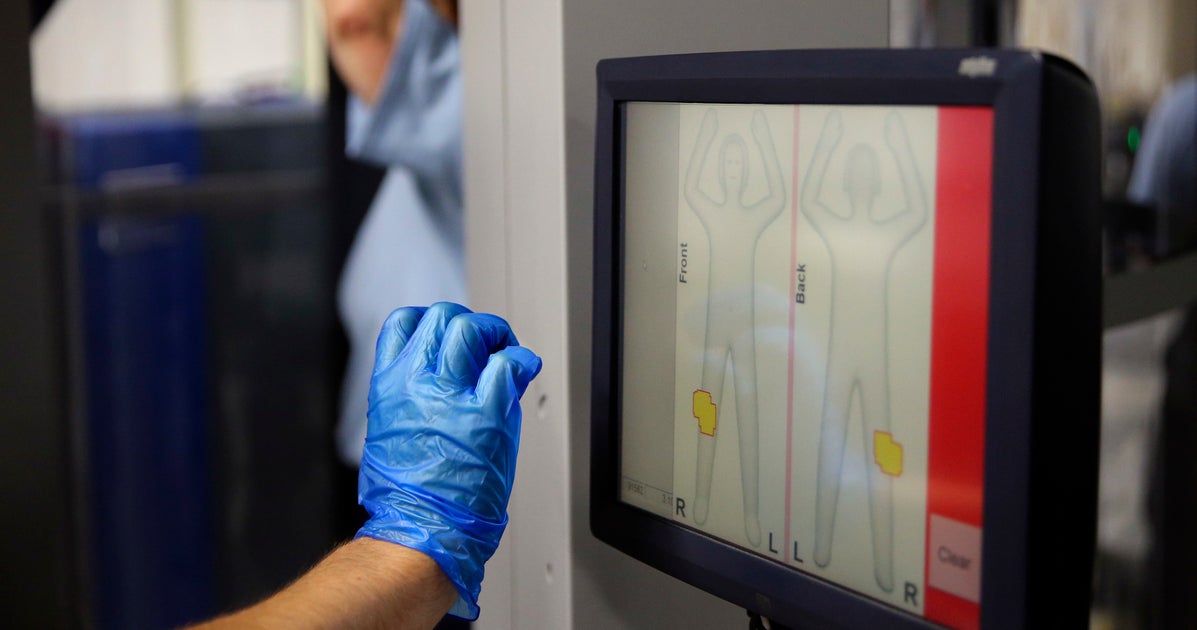
ARIA plans to take a new approach to science funding
chabybucko/Getty Images
The UK’s Advanced Research and Invention Agency (ARIA) has chosen eight scientists who will each be given up to £50 million to allocate as they see fit, in the hopes that a high-risk, high-reward approach to research funding will deliver results that benefit UK society and fuel economic growth. But will it work?
ARIA is the brainchild of Dominic Cummings, an adviser to former UK prime minister Boris Johnson who has long wanted to shake up UK science funding. “A small group of people can make a huge breakthrough with little money but the right structure, the right ways of thinking,” Cummings wrote in 2017.
He was inspired by the US’s Advanced Research Projects Agency (ARPA), which spurred computer science as a discipline and created a forerunner of the internet in the 1960s and 1970s. It did this, in the words of one of its leading scientists, by having “visions rather than goals” and because it “funded people, not projects”.
While Cummings has long departed government, his plan is coming to fruition today as ARIA announces its eight programme directors. Like ARPA, the new agency is focused on empowering “scientific talent” in ways that “can change the course of the future”, says its CEO, Ilan Gur. “We were set up to focus on drastically improving the quality of life and economic growth in the UK.”
It is unclear how this differs from existing government funding agencies, however. For example, UK Research and Innovation says its vision is “build a thriving, inclusive research and innovation system that connects discovery to prosperity and public good”. UKRI’s £25 billion budget over three years dwarfs that of ARIA, which has an initial allocation of £800 million over four years.
Perhaps then the benefit of ARIA will come from the specific people it is investing in. The first cohort of programme directors are an eclectic bunch, often with experience working across disparate fields of scientific research.
Among them, medical physicist Gemma Bale plans to combine advances in imaging from astrophysics and biotechnology to create new ways of measuring human health, such as non-invasive brain monitoring. The same technology, she says, could even be used to monitor planetary health. “Could you then scale that up to image through the entire ocean?” she says. “ARIA’s allowed me to think much bigger than I ever have as a scientist before.”
Other programme directors include David Dalrymple, who wants to build artificial intelligence models that can safely be incorporated into real-world systems such as the UK’s energy infrastructure, and Jacques Carolan, who wants to accelerate innovation in neuroscience, helping to understand and repair the human brain, using advances in quantum computing and AI.
Investment in diverse and exploratory ideas like these are a welcome addition to UK research funding, says Kieron Flanagan at the University of Manchester, UK. But he says that ARIA is “almost certainly sub-critical in size and unlinked from any of the scale effects that are really decisive in innovation”.
Part of the halo around the US agency ARPA derives from its metamorphosis into the Defense Advanced Research Projects Agency (DARPA) in 1972, and with it the funding of the large procurement arm of the US Department of Defense. How ARIA – which isn’t military backed – will create the same technological pull isn’t yet clear, says Flanagan.
Even the idea that DARPA works by hiring “brilliant programme directors” and giving them the freedom to take risks is “mythology”, says Flanagan. “I’m sure they are really interesting, brilliant people and will launch some interesting projects. I ultimately think that, in spite of this, the projects will fail to have much impact because of the lack of clarity of mission, scale and connection [for ARIA].”
Topics:


























































